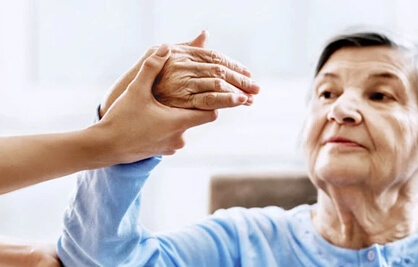Stroke - Paralysis
Treatment Areas
- +
- +
- MAIN PAGE +
- BIOGRAPHY +
- +
- GALLERY +
- CONTACT +
- +
- +
- +
- +
- +
- +
- +
- +
- +
- +
- +
- +
- +
- +
- +
- +
- +
- +
- +
- +
- Prof. Dr. +
- Treatment Areas +
- - Multiple Sclerosis
- - Epilepsy - Sara's Disease
- - Alzheimers
- - Dementia
- - Dementia, Alzheimers
- - Migraines and Headaches
- - Parkinson's Disease
- - Sleeping disorders
- - Stroke - Paralysis
- - Hand, Foot Numbness
- - Muscle Weaknesses
- - Peripheral Neuropathy
- - Brain Related Infections - Tumors - Degenerative Diseases
- - EMG - Electromyography
- - EEG Recording - Electroencephalogram
- - Long Term Video EEG
- - Visual Evoked Potentials - VEP Test
- +
- - Diagnosis and Treatment
- - What is Multiple Sclerosis?
- - Alzheimer's Disease
- - Epilepsy
- - How Should
- +
- +
Stroke - What is a stroke? What are the Symptoms and Treatment Methods?
Stroke - A stroke is a medical emergency that occurs when the blood supply to part of your brain is interrupted or significantly reduced. Without oxygen or nutrients, affected brain cells begin to die within minutes.

Stroke - What causes a stroke?
A stroke is a medical emergency that occurs when the blood supply to part of your brain is interrupted or significantly reduced. Without oxygen or nutrients, affected brain cells begin to die within minutes.
There are two main types of stroke that can affect blood flow to your brain:
Ischemic Stroke:
About 85% of all strokes are caused by an ischemic artery, which is blocked or narrowed. Ischemic stroke, a type of thrombotic stroke; It occurs when a blood clot or blockage forms in one of the vessels that supply oxygen-rich blood to your brain. In embolic stroke, on the other hand, it occurs when a blood clot that breaks off from another vessel moves along the vessel and eventually enters a narrow cerebral artery and occludes it.
Hemorrhagic Stroke:
This less common type of stroke is caused by a rupture or rupture of a blood vessel in the brain. The presence of uncontrolled high blood pressure or weak points of the vessel walls are just two of the possible causes of hemorrhagic stroke. When a hemorrhagic stroke occurs in the brain, it is called an intracerebral hemorrhage. When a stroke occurs on or near the surface of your brain, it's called a subarachnoid hemorrhage.
Stroke - What are the Symptoms of a Stroke?
If you notice stroke symptoms in yourself or someone else, it's important to seek prompt medical treatment. This is because with early intervention, it is possible to save lives and minimize brain damage and possible post-stroke complications. Common stroke symptoms include:
Confusion, slurred speech, or difficulty understanding speech
Facial paralysis or numbness, arm or leg numbness, loss of feeling
Blurred vision or loss of vision in one or both eyes
Sudden, severe headache that may accompany dizziness
Loss of balance and coordination that makes walking difficult
What Does Stroke - Post-Stroke Treatment Include?
Stroke - A stroke can cause temporary or permanent disability, depending on the part of the brain it affects, its severity, and the time it takes to receive medical treatment. Post-stroke patients may experience the following effects:
Speech difficulties or swallowing difficulties
Chronic pain, numbness or tingling sensation
memory loss
emotional problems, including depression
Stroke - Post-Stroke Rehabilitation
Physical therapy, speech therapy, occupational therapy, psychological therapy, and pain management are essential components of a comprehensive stroke rehabilitation program. Your neurologist will create a treatment plan tailored to your specific needs so you can regain strength and as much function as possible to help you live independently.

